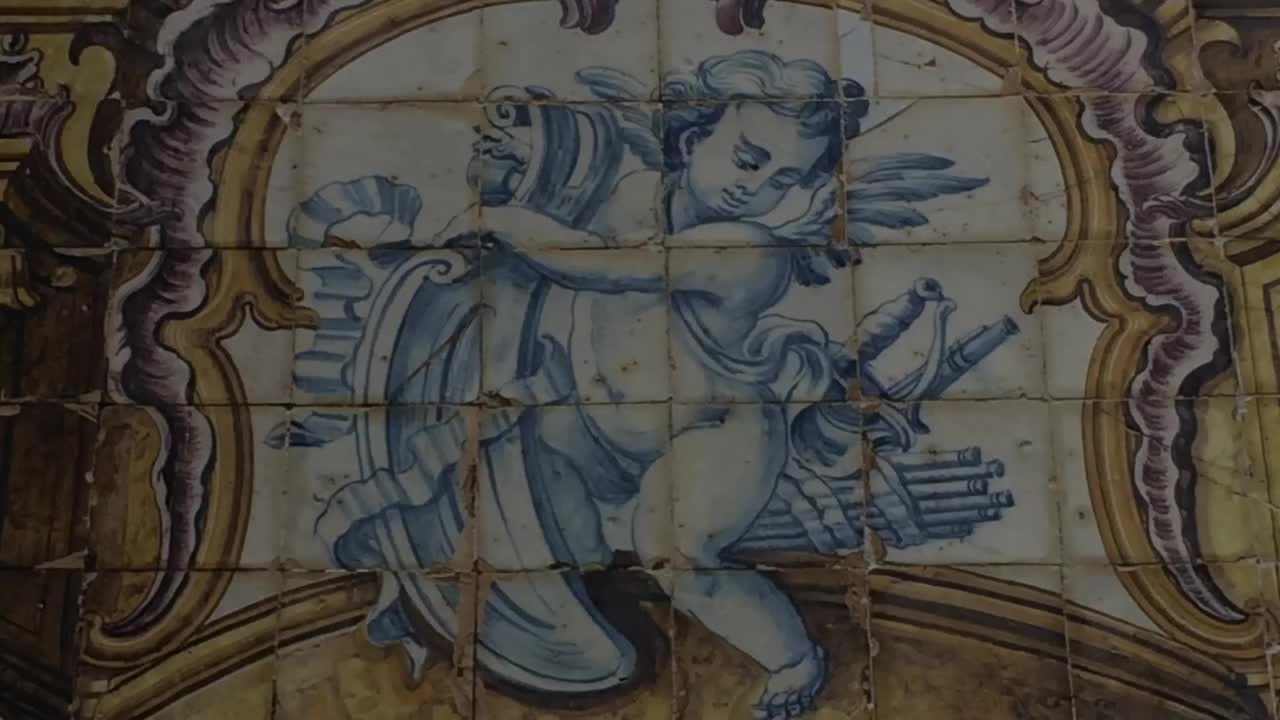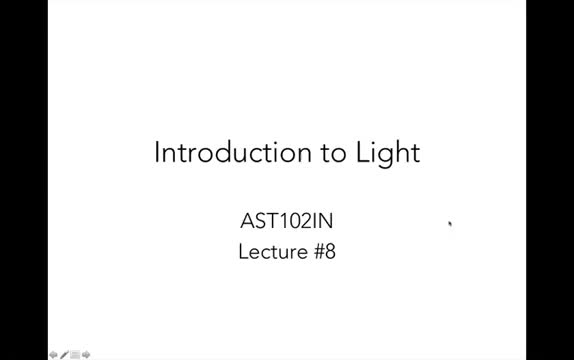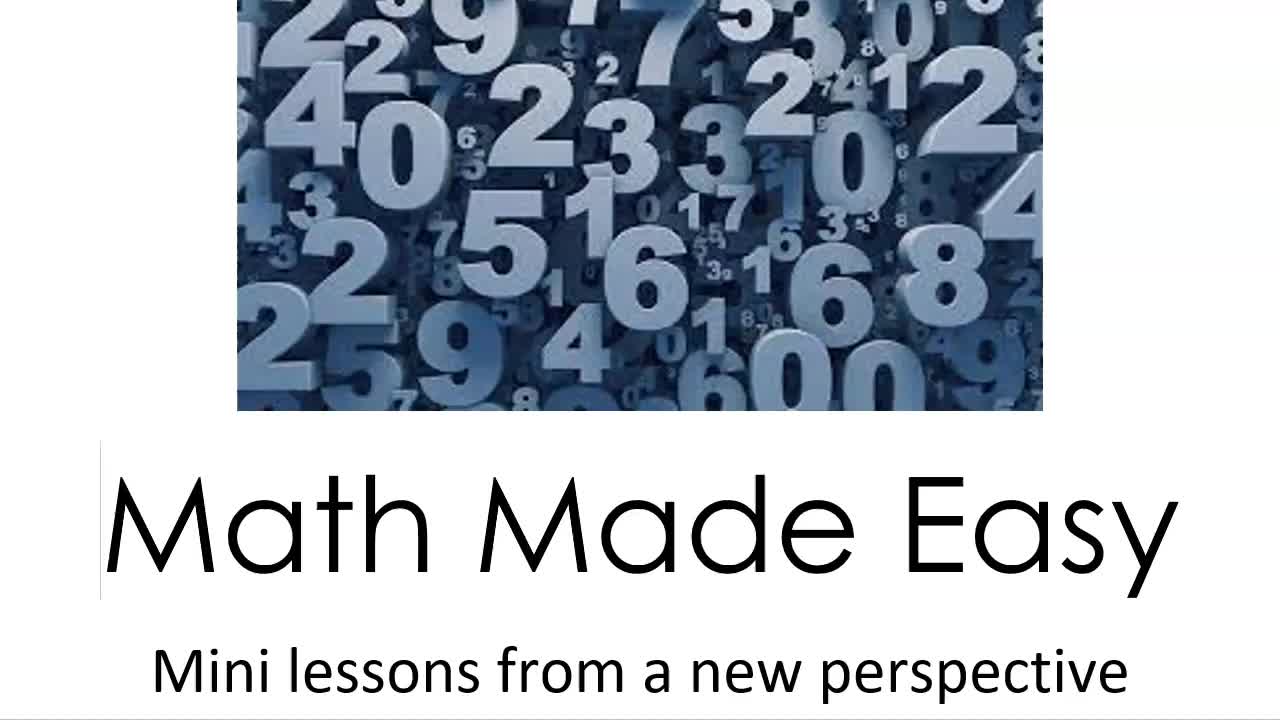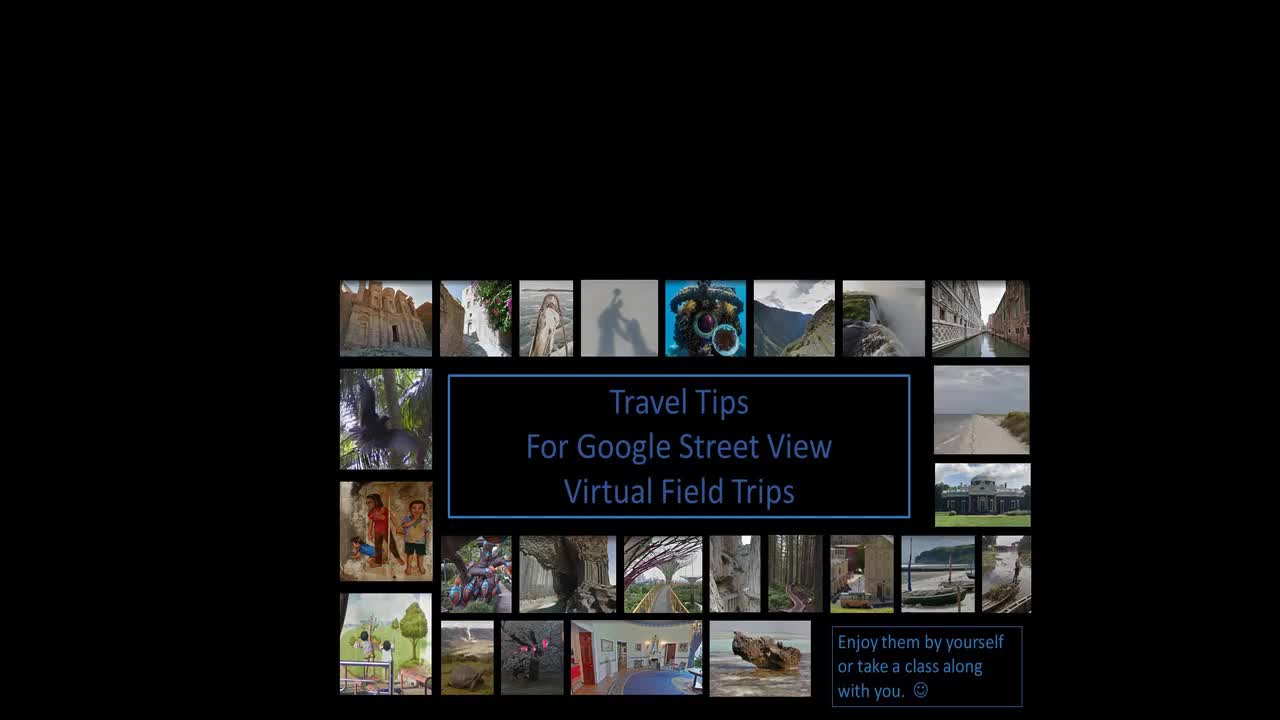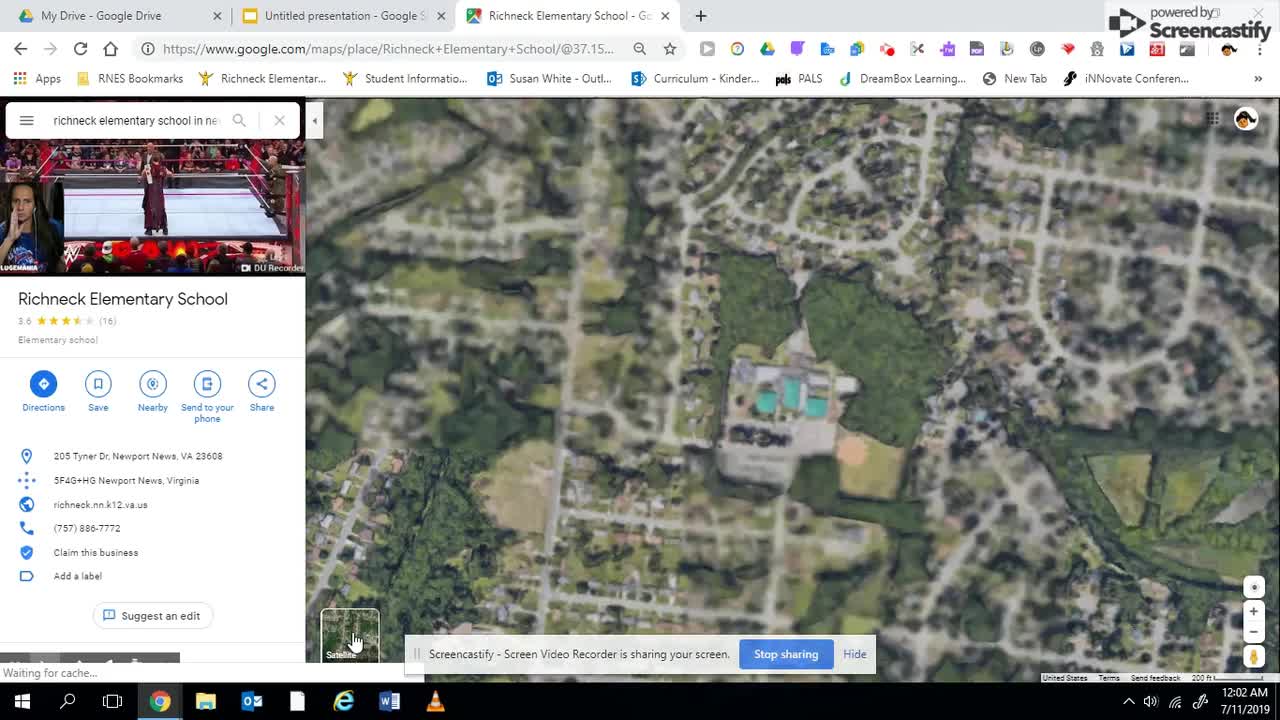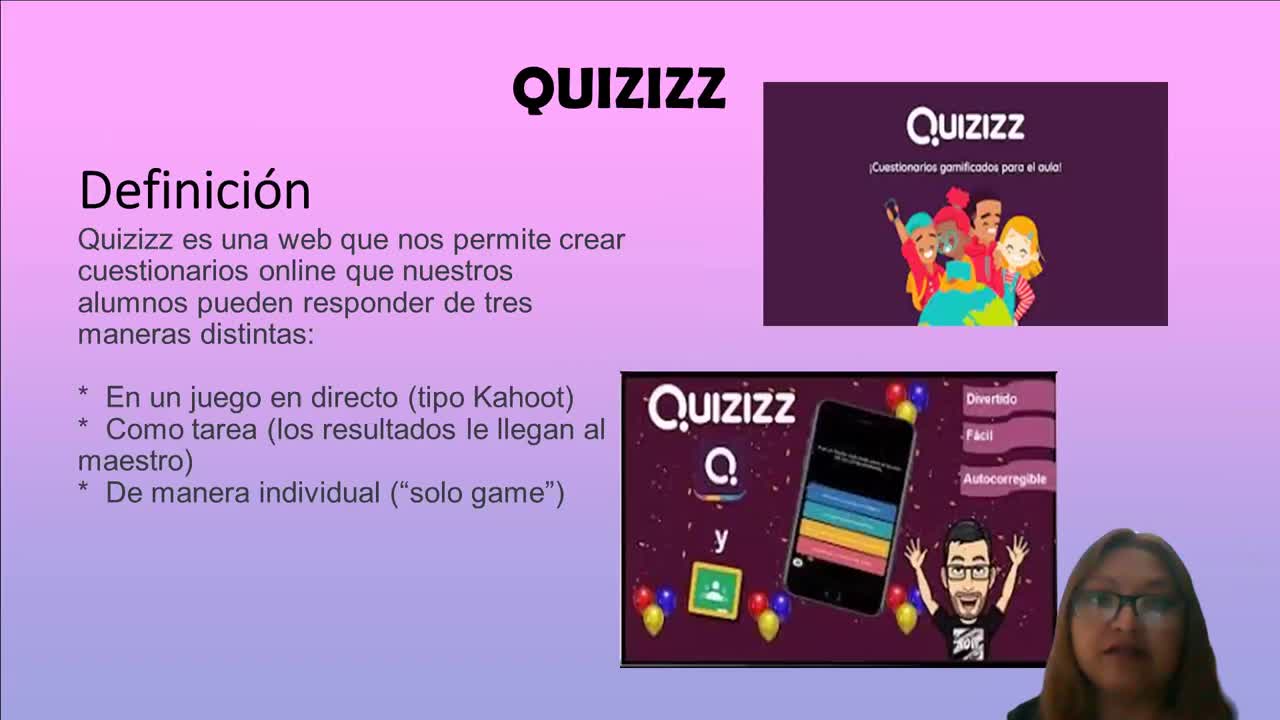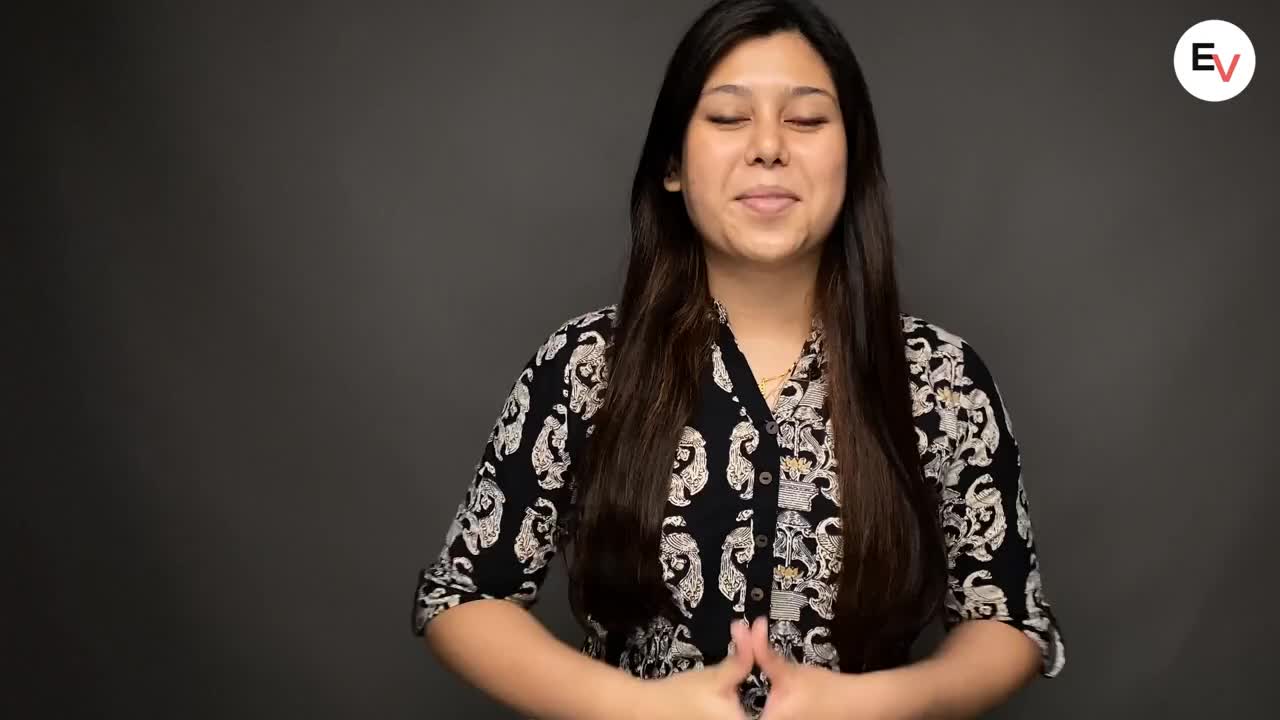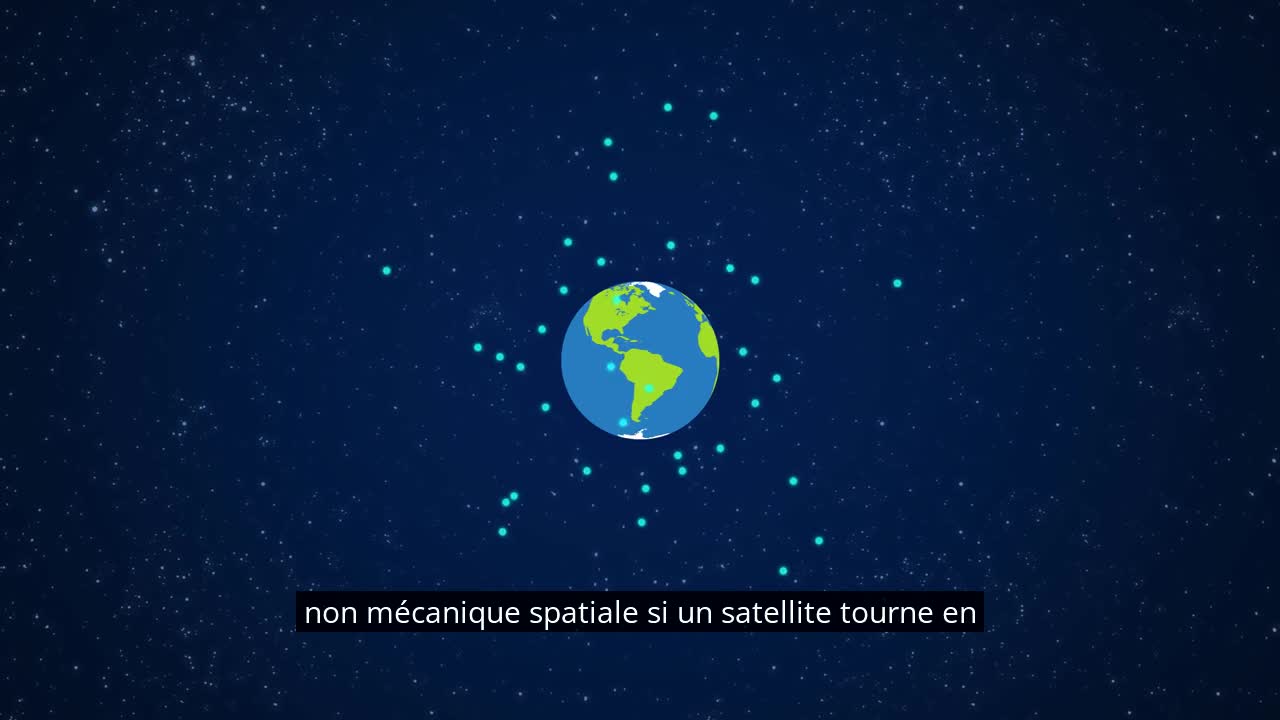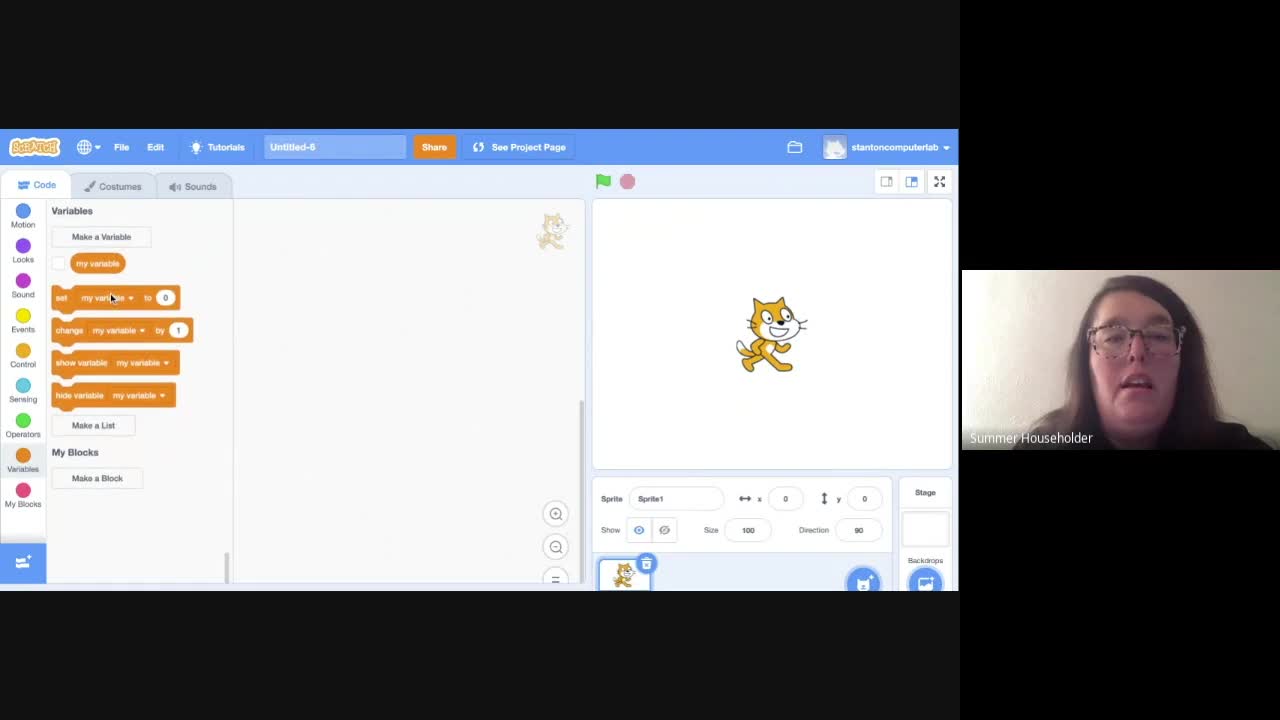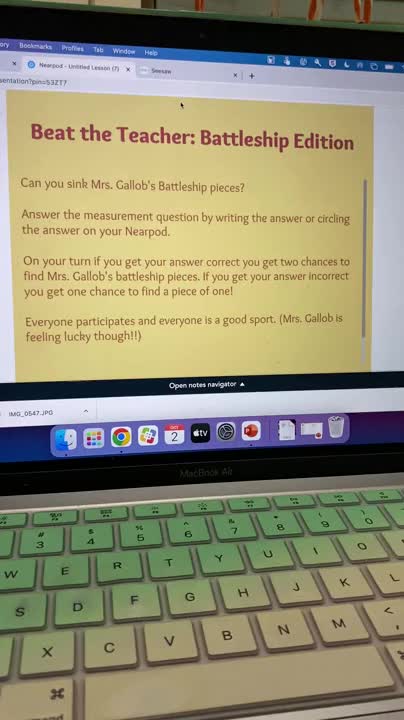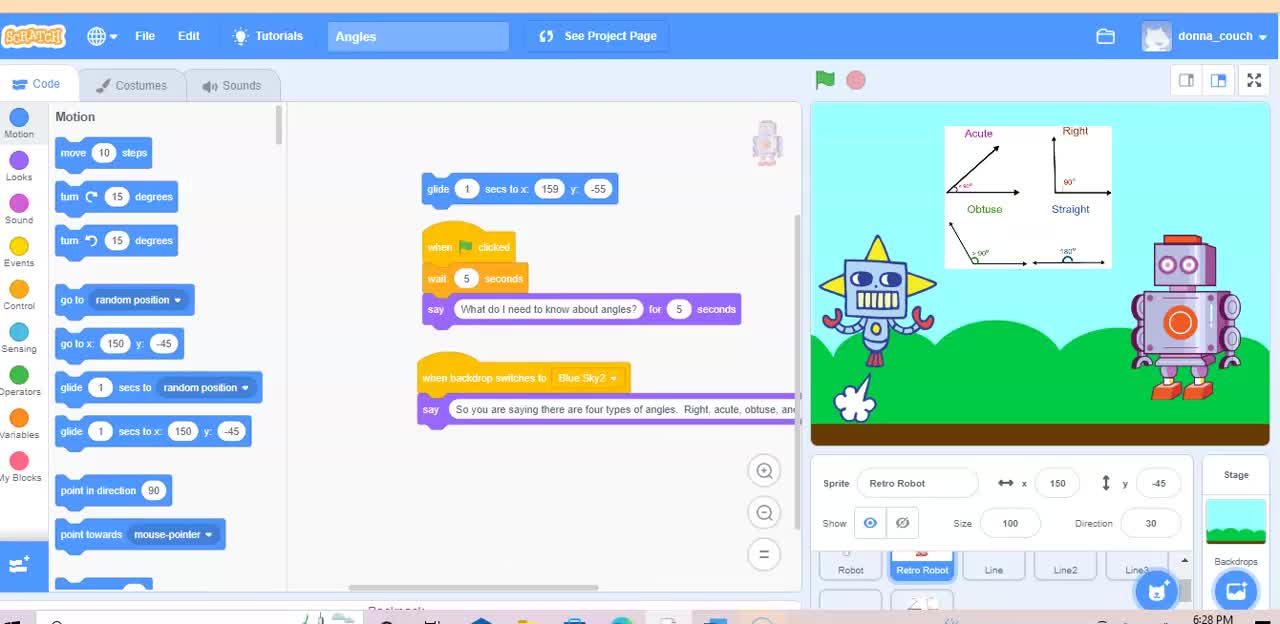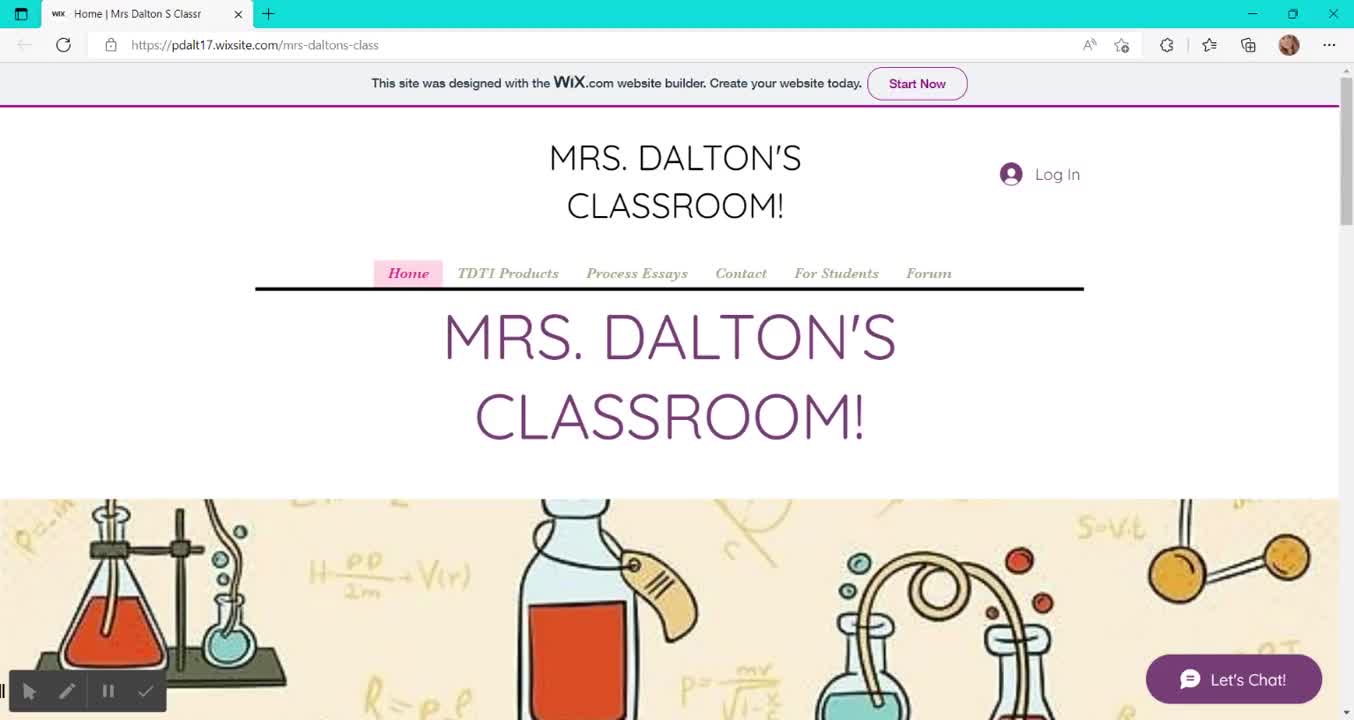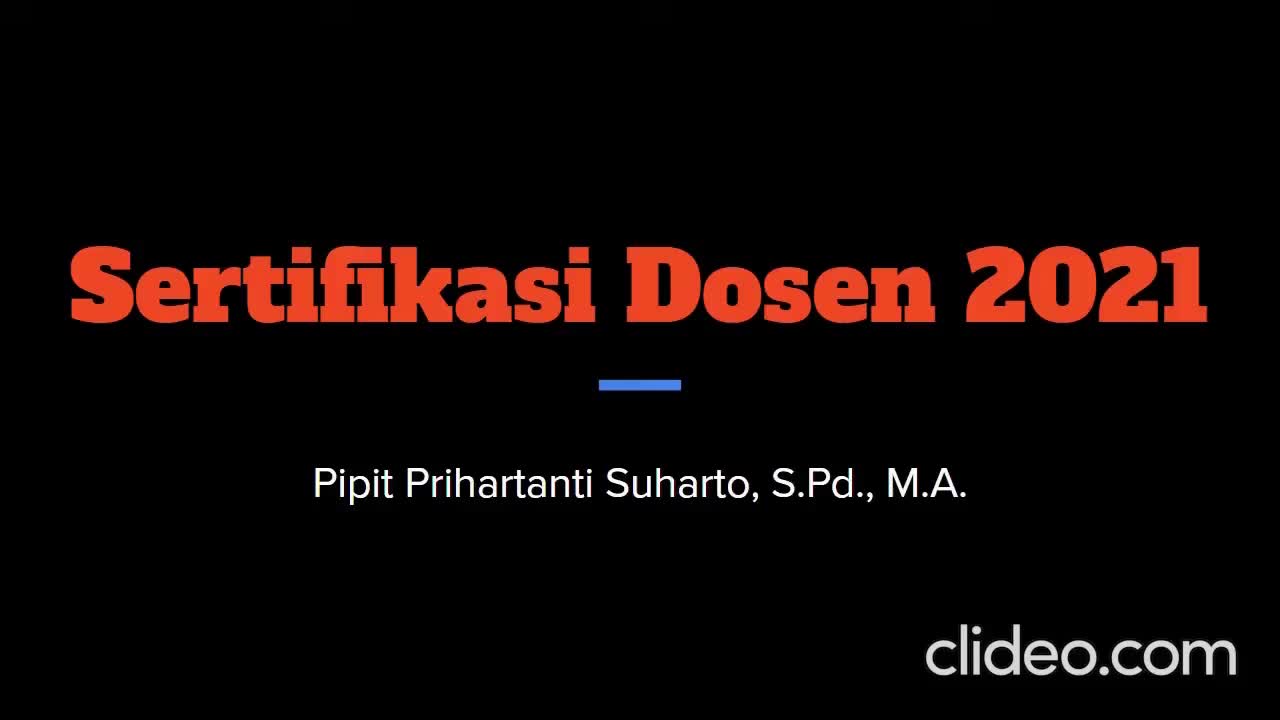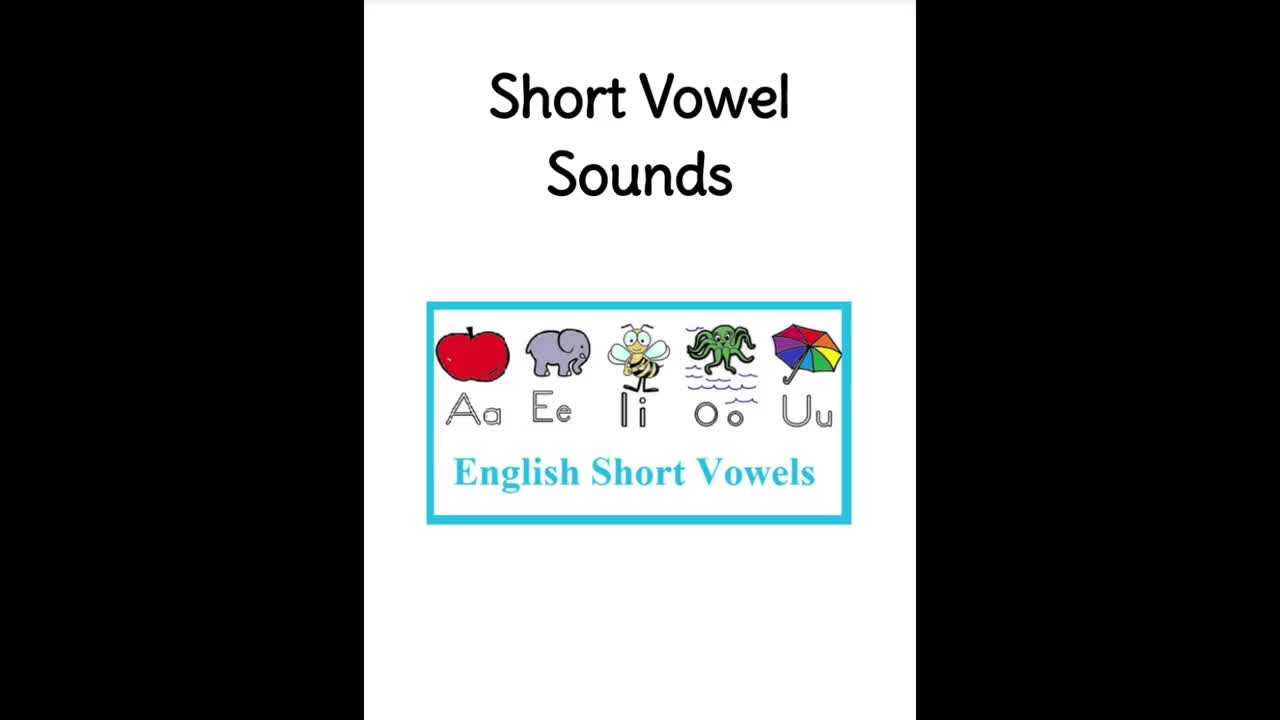Video 2 - Concept Attainment for Expanded Form
College and University / Career and Technical Education (CATE) / Tourism
Pedagogical mini lesson videos created for the purpose of: Supporting teachers *demonstrating various teaching strategies *providing daily technology for “on-teaching point” stations *enabling teachers to utilize substitutes effectively and easily Supporting students and parents *reviewing for student remediation and parent support at home (Reviewing relevant, previously-learned material). *Providing opportunities for nightly view to enhance retention *previewing for global understanding (Presenting future lessons to link current learning to larger purpose). In addition to mathematical understanding, the videos will benefit students by: *promoting student ownership of learning, which fosters self confidence and independence *giving students access to lessons in spite of classroom absences due to sickness, traveling, pullouts, etc., which alleviates unnecessary stress
Today, you will work in partners as well, but this time you will be detectives together to discover our learning target of the day. Detectives discovering the learning target, how is that possible? Well, simply by making it a game. You and your partner will look at different expressions, or ways to write a number, and sort them into two groups by carefully examining them. Group the ones that are alike in one group, and the ones that are not alike in the other group. Both groups will end up with the same amount of expressions. That’s important. Then, you will determine the name of the alike group. What about the miss the same. What idea are we going to be exploring in math today. You as detectives will look carefully to discover.
Let’s try this strategy of detective work with something totally different, say pictures so you can see how this works. Remember, you need to have the same amount of things on both groups. One of the groups will have something in common. That will be the YES group. The other group will not have that characteristic. That will be the NO group. Let’s take a look.
Let’s look at our pictures and see what we have. Here we go, listen to my thinking and how it changes. Okay, well the first thing that really stands out to me, I see two pictures that are not real like the others. So, I’m gonna put that on the other side in the NO’s. So, I have a cartoon over there and a drawing. Okay, but now I have only two in the NO’s. Ans six in the YES. I know, I remember the rule that we have to have the same number in these, the YES and the NO. So, I have to look more carefully.
Now, I notice one thing. That the eagle and the elephant are not babies like the others. But, the cartoon and the drawing are babies. But, let me just move those over there and let’s see what we got. Now, let’s look at our YES’s group. What do they all have in common? Let’s be as specific as possible. And what do we see are the characteristics of the newly named group?
Are you ready to be detectives with expressions of numbers? Are you ready to figure out the math concept? I will give each pair of you strips with number expressions on them. Look carefully. What is the same of different from the other? Remember, you will have the same amount of strips in each of two groups. One will be your YES group – examples of the concept, and one will be your NO group – non examples.
Discover our math concept today and after you do, work together to figure out what makes them YES’s. What are their characteristics? Good luck and don’t forget to think out loud!
